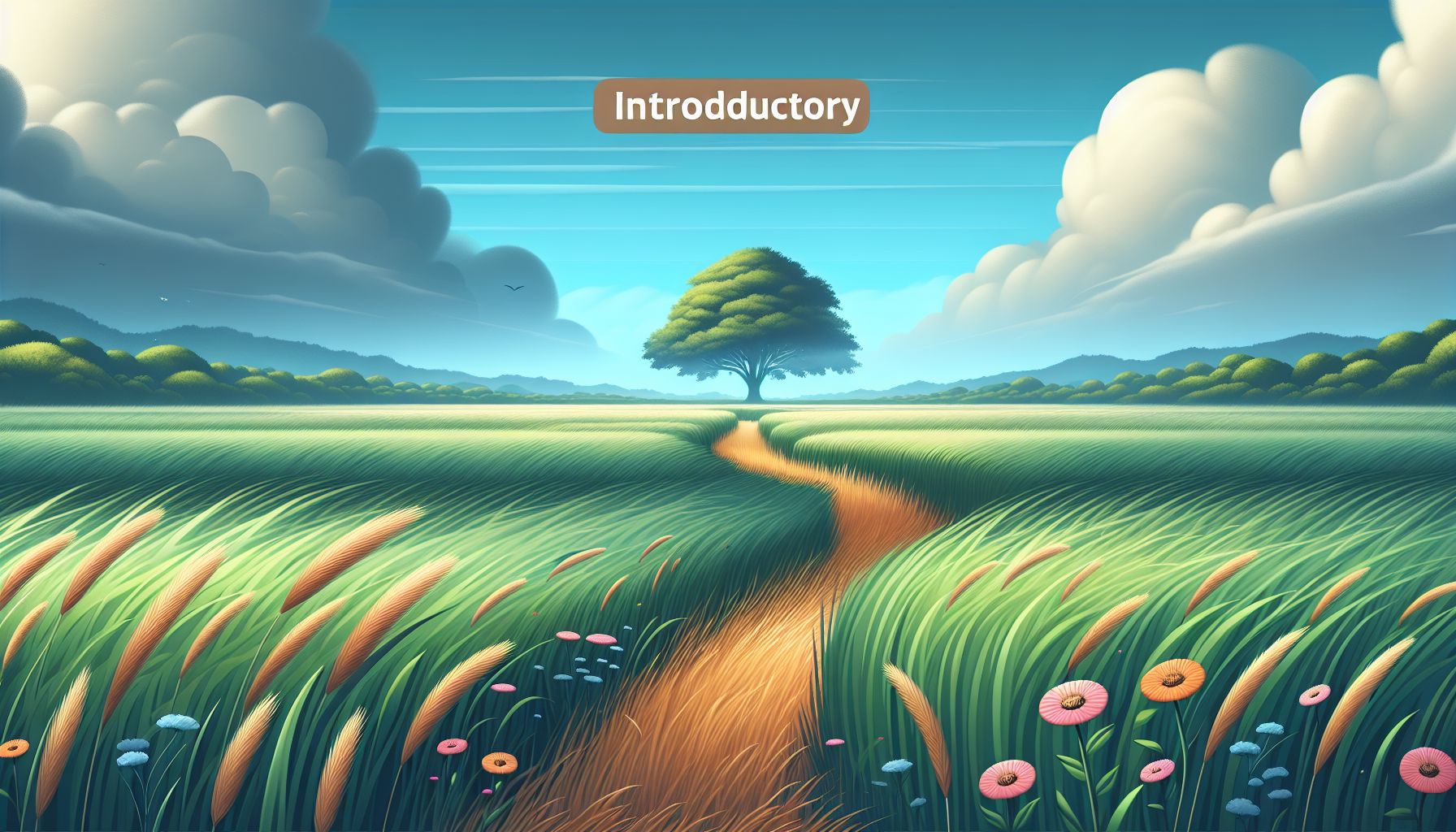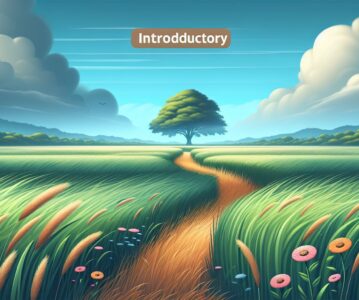So, you want to learn how to play the banjo? That’s fantastic! The banjo is a unique instrument that carries the sounds of folk, bluegrass, and country music. Whether you’re a fan of the twangy tunes or you simply find the banjo fascinating, this guide is here to help you kickstart your banjo journey. In this article, we’ll cover the basics of banjo playing, with a focus on the 5-string banjo – the most popular type of banjo out there. Let’s dive in!
Understanding the Banjo
The banjo is a stringed instrument with a circular body, a long neck, and a unique sound. It consists of a round resonator, a thin head made of plastic or calf skin, frets, and, of course, strings. The 5-string banjo is the most widely recognized type, featuring four long strings and a shorter fifth string.
The Anatomy of a 5-String Banjo
To become comfortable with your instrument, it’s important to understand its different components:
-
Resonator: This is the circular wooden or metal back of the banjo. It helps project the sound and adds depth to the overall tone.
-
Head: The head is the thin, plastic or calf skin surface stretched over the circular frame. It’s important to keep the head clean and in good condition for optimal sound production.
-
Neck: The long, slim portion of the banjo where the frets and strings are located. It usually consists of a neck and a fingerboard. The fingerboard is where you press down to form different notes.
-
Tuners: These are the small knobs located at the top of the neck. Tuning knobs allow you to adjust the tension of each string to get the desired pitch. Proper tuning is crucial for banjo playing.
-
Bridge: The bridge rests on the head and holds the strings above it. It transmits the vibrations of the strings to the banjo’s resonator, enhancing the sound.
Getting Started with Your Banjo
Playing Posture
Before jumping into chords and strumming, let’s talk about your playing posture. Sit up straight with the banjo resting on your lap. Ensure the neck is angled slightly upward, allowing easy access to the fretboard. Keep your wrist straight to facilitate comfortable finger movement. Remember, good posture makes playing the banjo more enjoyable and helps prevent strain.
Tuning Your Banjo
Tuning your banjo is an essential step. The standard tuning for a 5-string banjo is known as “Open G” tuning. From the lowest string to the highest, the open strings are tuned to G, D, G, B, and D, respectively. You can use an electronic tuner or a tuning app to guide you through the process.
Basic Chords
Now that your banjo is tuned and you’re comfortable with the instrument, let’s explore some basic chords. Chords are the foundation of any musical piece and understanding them is crucial for banjo playing.
-
G Chord: Place your index, middle, and ring fingers on the 2nd, 3rd, and 4th strings at the 2nd fret, respectively. Strum all the strings, and you’ve got a G chord!
-
C Chord: Move your fingers so that your index finger is on the 1st string at the 1st fret, middle finger on the 4th string at the 2nd fret, and ring finger on the 2nd string at the 3rd fret. Strum only the 4 middle strings (excluding the 5th string) to play a C chord.
-
D Chord: Place your index finger on the 3rd string at the 2nd fret, middle finger on the 1st string at the 2nd fret, and ring finger on the 4th string at the 3rd fret. Strum all the strings apart from the 5th string to play a D chord.
Basic Strumming Patterns
Now that you know a few chords, it’s time to start strumming! Here are a couple of basic strumming patterns to get you started:
-
Down Strum: Place your thumb or a finger of your picking hand against the strings (close to the bridge) and strum downwards across all the strings. Start with a slow tempo until you’re comfortable with the motion.
-
Arpeggio: An arpeggio is when you pick the strings individually rather than strumming them together. Practice picking the strings from the 5th to the 1st string, either in ascending or descending order.
Moving Forward and Beyond
Now that you have the basics under your belt, it’s time to explore more advanced techniques, such as fingerpicking, rolls, and learning to read tablature. Find a good teacher or join an online banjo course to accelerate your progress. Remember, practice is key! Consistent practice and a passion for learning will take you far on your journey to banjo mastery.
Conclusion
Congratulations on taking your first steps into the world of banjo playing! We hope this guide has equipped you with the fundamental knowledge necessary to begin your musical adventure. Enjoy the journey, embrace mistakes, and have fun along the way. The banjo is a delightful instrument that produces beautiful melodies, and with dedication, you’ll be strumming your favorite tunes in no time. Happy banjo playing!


